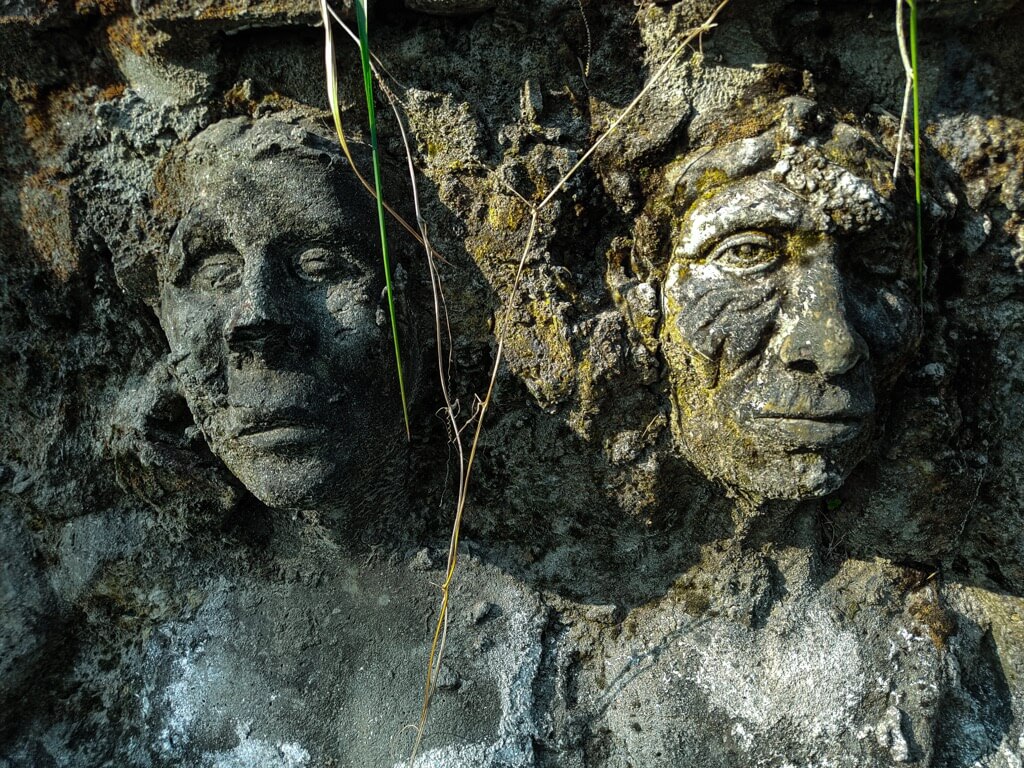In 1999, Nicola Strickland, a British radiologist, embarked on a seemingly idyllic holiday to Tobago, a Caribbean paradise known for its pristine, deserted beaches. Little did she know that her quest for seashells and corals would lead her to a life-threatening encounter with one of nature’s most deadly creations – the Manchineel tree.
On her adventure, Strickland and her friend stumbled upon some innocuous-looking, sweet-smelling green fruit, akin to small crabapples, nestled among fallen coconuts and mangoes. Their curiosity piqued, they both decided to taste the fruit. Almost immediately, the sweet taste was replaced by a peppery, burning sensation, leading to an agonizing tightness in the throat, rendering them barely able to swallow.
The source of their distress was the fruit of the Manchineel tree (Hippomane mancinella), also known as ‘beach apple’ or ‘poison guava’. This tree, native to the tropical regions of southern North America, Central America, the Caribbean, and parts of northern South America, is infamous for its extreme toxicity. In fact, the Manchineel holds the title of the most dangerous tree in the world according to the Guinness World Records.
A Plant’s Lethal Arsenal
Every part of the Manchineel tree is highly poisonous, with its thick, milky sap containing a range of toxins. Phorbol, the most hazardous of these, is known to cause severe, burn-like blisters upon skin contact. Even standing under the tree during rain can be dangerous, as the water-soluble phorbol may cause severe burns.
Despite its deadly nature, the Manchineel tree plays an important role in its local ecosystems. It forms dense thickets that provide excellent windbreaks and protect coastal areas from erosion. In some regions, the tree is marked with warning signs or painted with a red cross or ring to caution the public of its dangers. Interestingly, Caribbean carpenters have historically used Manchineel wood for furniture making, after carefully neutralizing its toxic sap.
Strickland’s Narrow Escape
The ingestion of Manchineel fruit can be fatal, often causing severe vomiting and dehydration. Fortunately, Strickland and her friend consumed only a small amount, enabling them to survive the ordeal. Strickland recounted her experience in a letter published in The British Medical Journal in 2000, describing in detail the pain and subsequent lymph node agony that followed. Their symptoms slowly subsided over eight hours, as they resorted to sipping piña coladas and milk to alleviate the pain.
A Warning to the Unwary
Strickland’s experience with the Manchineel highlights the tree’s fearsome reputation among locals. Her encounter serves as a stark reminder of the hidden dangers that lurk in nature, especially in exotic locales. While the Manchineel tree is now endangered and protected for its ecological benefits, Strickland’s story underscores the importance of awareness and caution when exploring unfamiliar environments
Absence of Reported Fatalities
The lack of contemporary fatalities could be attributed to several factors. First, the local populations in regions where the Manchineel tree grows are often well-aware of its dangers, thanks to generational knowledge and oral traditions that have warned of its risks. This awareness has likely played a significant role in preventing accidental ingestions.
Second, in areas frequented by tourists or non-locals, Manchineel trees are often marked with warning signs or painted with red crosses or rings to alert people of their presence and danger. These measures have been effective in preventing accidental contact or ingestion.
The Tree’s Role in Ecosystems and Culture
Despite its dangerous properties, the Manchineel tree plays a valuable role in its ecosystem. It grows into dense thickets that provide excellent protection against coastal erosion, particularly on Central American beaches. The tree’s wood has also been used by Caribbean carpenters in furniture making for centuries, after being carefully cut and dried in the sun to neutralize the poisonous sap.
Historically, the sap of the Manchineel tree was used as a weapon by various Caribbean tribes. It was also reported that the Spanish Conquistador Juan Ponce de Leon was fatally wounded by an arrow tipped with Manchineel sap.
The Manchineel tree, known for its extreme toxicity, has a history that intertwines with human encounters, often with dangerous or fatal outcomes. Here are some key statistics and facts about this notorious tree:
Historical Poisonings and Potential Fatalities
The Manchineel tree’s fruits and sap have historically poisoned various groups, including Spanish conquistadors, shipwrecked sailors, and tourists. The consumption of its apple-like fruits can be lethal, causing severe blistering in the mouth and esophagus. Moreover, the sap of the tree contains phorbol, an irritant that causes strong allergic skin reactions. This sap has been used by indigenous populations, such as the Carib Indians, to poison arrows. It is speculated that Juan Ponce de León, the famous explorer, may have died from an arrow poisoned with Manchineel sap during his second trip to Florida.
The Physical Characteristics of the Manchineel
The Manchineel belongs to the large and diverse Euphorbia genus, which also includes the less harmful Christmas poinsettia. It can grow up to 15 meters in height and is commonly found in coastal or swampy areas, often among mangroves. The tree is characterized by its thick, milky sap, which oozes from all its parts, including the bark, leaves, and fruit.
The synthesis of historical texts, ethnographic studies, ecological surveys, botanical research, chemical analyses, and evolutionary biology research paints a comprehensive picture of the tree’s significance. From its historical use in indigenous warfare and folklore in the Caribbean, its unique ecological niche in specific coastal environments, to its endangered status balancing danger and ecological importance, the Manchineel is much more than a hazardous plant. Its deceptive fruit appearance, strategic use in historical barricades, and variable toxicity levels further underscore its intriguing nature. Moreover, the tree’s risky medicinal uses and its representation in literature and folklore highlight a deep-seated cultural and symbolic significance. Altogether, these facets, underpinned by meticulous research and diverse scholarly perspectives, reveal the Manchineel tree as not just a perilous entity but also a symbol of natural adaptation, historical intrigue, and cultural richness.
- Enhancing Trust with Blockchain Identity Verification - January 24, 2024
- How Marijuana Turns You into a Food Lover - December 1, 2023
- Behind the Scenes of the U.S. Nuclear Gun - November 28, 2023

